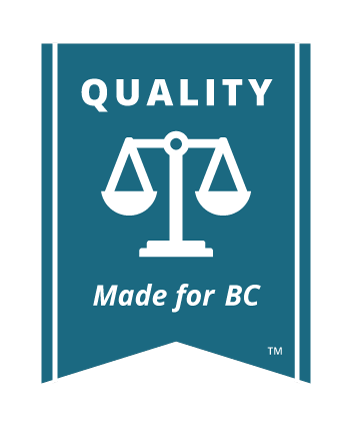4.3 Court orders
Drafting the order
An order needs to be prepared when the Court of Appeal has given its decision in chambers or after the appeal hearing. The parties, not the court, are responsible for preparing the order. Any party can prepare the order, but usually the successful party does so.
The signatures of all parties must be collected on the order before submitting it to the registry for entry. If someone refuses to sign an order, you may go before the registrar to settle the order.

Read the Rules
See Rule 68 for more information regarding settling orders.
Enforcing your court order
There are different ways to enforce a court order, depending on what the judge ordered, and whether the other party is able or willing to comply. You might need to return to court to take enforcement proceedings. All enforcement proceedings take place in the court where the matter originally commenced. You must file a certified copy of the Court of Appeal order in the originating court before you can enforce it through the court (s. 41, Court of Appeal Act).
Enforcement options are available for creditors under the Court Order Enforcement Act and the Creditor Assistance Act. Information for debtors is available in the Debtor Assistance Act.
A lawyer can advise you which options are best.




